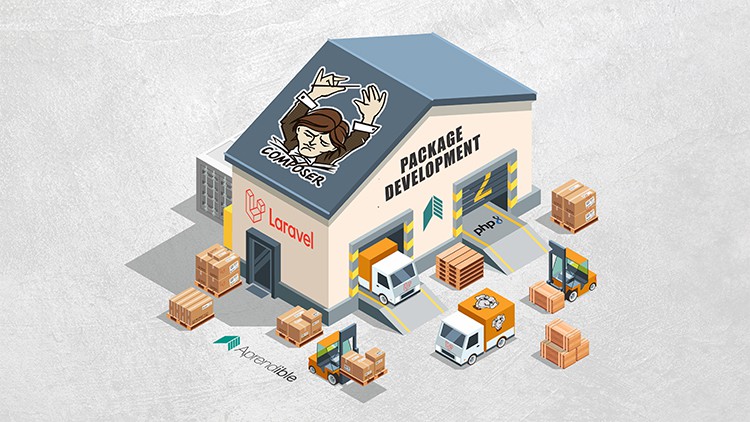Package Development for Laravel & PHP
Learn to build your own reusable packages for open source or profitable projects.
4.44 (44 reviews)

148
students
2 hours
content
Sep 2022
last update
$44.99
regular price
What you will learn
Create your own packages for Laravel
Reuse code in different projects
Add ode coverage to your packages with php unit
Make your own packages available in Packagist
Related Topics
4582982
udemy ID
3/6/2022
course created date
4/18/2022
course indexed date
Bot
course submited by